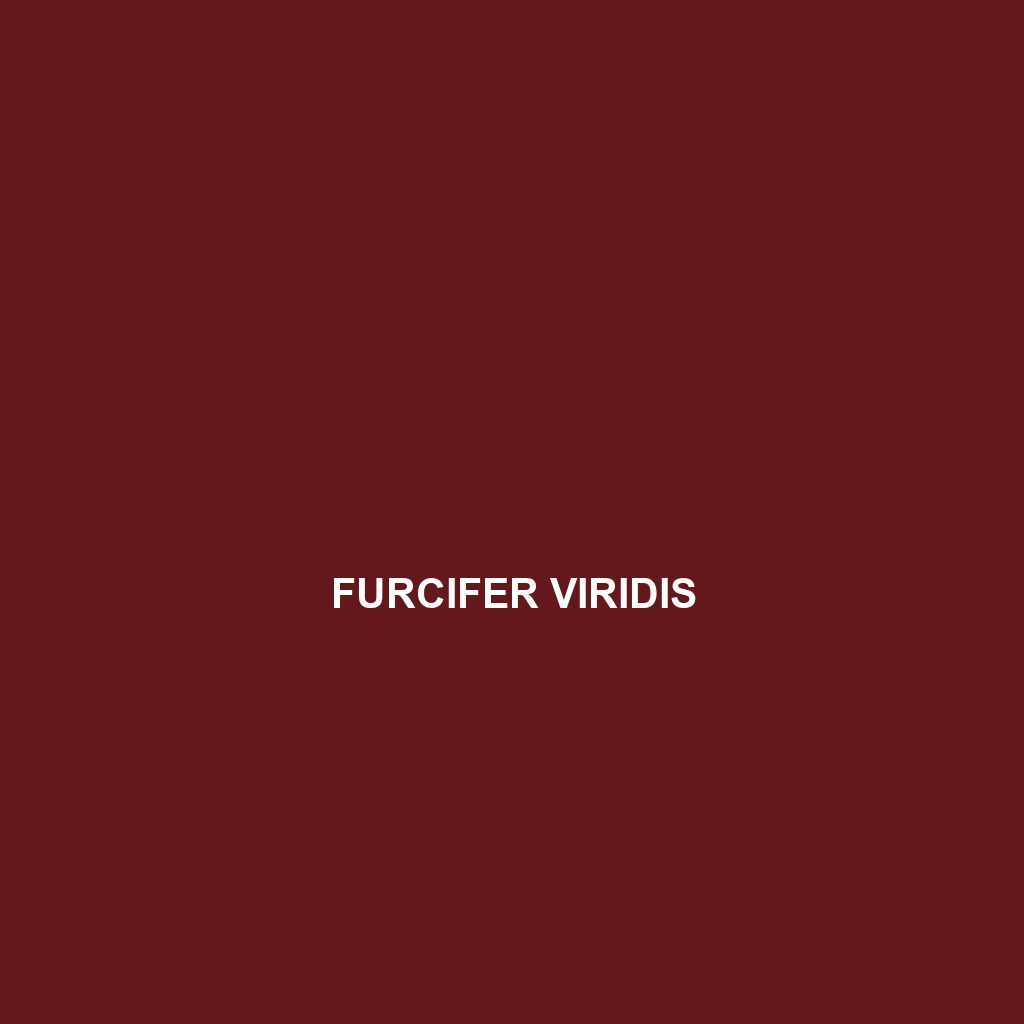Common Name
Furcifer verrucosus
Scientific Name
Furcifer verrucosus
Habitat
Furcifer verrucosus, commonly known as the Warty Chameleon, primarily inhabits the lush, biodiverse rainforests of Madagascar. This unique species thrives in humid environments characterized by a warm climate and abundant vegetation. The dense canopies of these rainforests provide ample cover, perfect for the Warty Chameleon to hunt and avoid predators. They can also be found in semi-arid regions of the island, adapting to the varying climatic conditions. This adaptability allows Furcifer verrucosus to flourish in both tropical rainforests and adjacent habitats including scrubland and savannas, making it an intriguing species within Madagascar’s diverse ecosystem.
Physical Characteristics
The Warty Chameleon is notable for its distinctive physical features that contribute to its charm. Adult Furcifer verrucosus typically measure between 20 to 30 centimeters in length, excluding the tail. The robust body is adorned with a variety of colors ranging from greens, browns, to vibrant oranges, depending on the individual and its environment. One of the most striking characteristics is the presence of warty protuberances on its skin, giving it a somewhat rugged appearance. These warts not only contribute to its camouflage among the foliage but also play a role in thermoregulation. This remarkable coloration and texture enable Furcifer verrucosus to blend seamlessly into its surroundings, making it a master of disguise.
Behavior
Furcifer verrucosus exhibits fascinating behaviors that make it a subject of interest among wildlife enthusiasts. Primarily arboreal, this species is known for its slow and deliberate movements as it navigates the branches of trees. Unlike some other chameleon species, the Warty Chameleon is not particularly known for its migratory patterns; rather, it tends to be sedentary, often occupying a single perch for extended periods. Its social interactions are largely solitary, although male Warty Chameleons can engage in territorial displays, puffing up their bodies, and displaying vibrant colors to ward off rivals during the mating season. Their nocturnal behavior also adds intrigue, as they become more active during the twilight hours, engaging in foraging and basking activities.
Diet
Furcifer verrucosus is primarily an insectivore, feeding on a variety of insects that inhabit its rainforest home, including crickets, moths, and beetles. Their feeding habits are opportunistic, using their long, sticky tongues to capture prey with incredible precision. This adaptability in diet is crucial for survival, especially in an environment where food availability can fluctuate. Occasionally, they may also consume small fruits or vegetation, showcasing a slight omnivorous trait. The ability to change their diet based on availability is essential for their resilience and survival in Madagascar’s dynamic ecosystem.
Reproduction
The reproductive cycle of Furcifer verrucosus is a particularly captivating aspect of their biology. The mating season typically occurs during the warmer months when environmental conditions are favorable. Males often engage in elaborate courtship displays to attract females, showcasing their vibrant colors and unique physical traits. After successful mating, the female lays approximately 10-30 eggs, which are buried in moist soil to incubate. The gestation period for the eggs ranges from 4 to 6 weeks, after which hatchlings emerge, fully independent. Parental care is minimal, as the young are left to fend for themselves shortly after birth. This reproductive strategy increases the likelihood of survival in a competitive habitat.
Conservation Status
The conservation status of Furcifer verrucosus is currently listed as Vulnerable by the International Union for Conservation of Nature (IUCN). The primary threats facing this species include habitat loss due to deforestation and agricultural expansion, as well as the illegal pet trade. Conservation efforts are crucial to preserving their natural habitat and ensuring the survival of this unique chameleon. Organizations are actively working to establish protected areas in Madagascar and raise awareness about the threats faced by this species.
Interesting Facts
One of the most interesting aspects of Furcifer verrucosus is its remarkable ability to change color, not just as a means of camouflage but also as a form of communication. This ability allows them to express emotions ranging from excitement to stress, and variations in color can signal their readiness for mating. Additionally, while they are smaller than some of their chameleon relatives, their warty texture and vibrant coloration make them a unique and captivating species, sought after by reptile enthusiasts and researchers alike.
Role in Ecosystem
Furcifer verrucosus plays a vital role in its ecosystem as both a predator and prey. By controlling insect populations, this chameleon contributes to the health of its forest habitat, showcasing its importance as a natural pest controller. Furthermore, as prey for larger birds and mammals, Furcifer verrucosus is an essential component of the food web, supporting the ecological balance within Madagascar’s diverse ecosystems. Additionally, their role as a potential seed disperser may contribute to the regeneration of plant life, thereby enhancing biodiversity.
